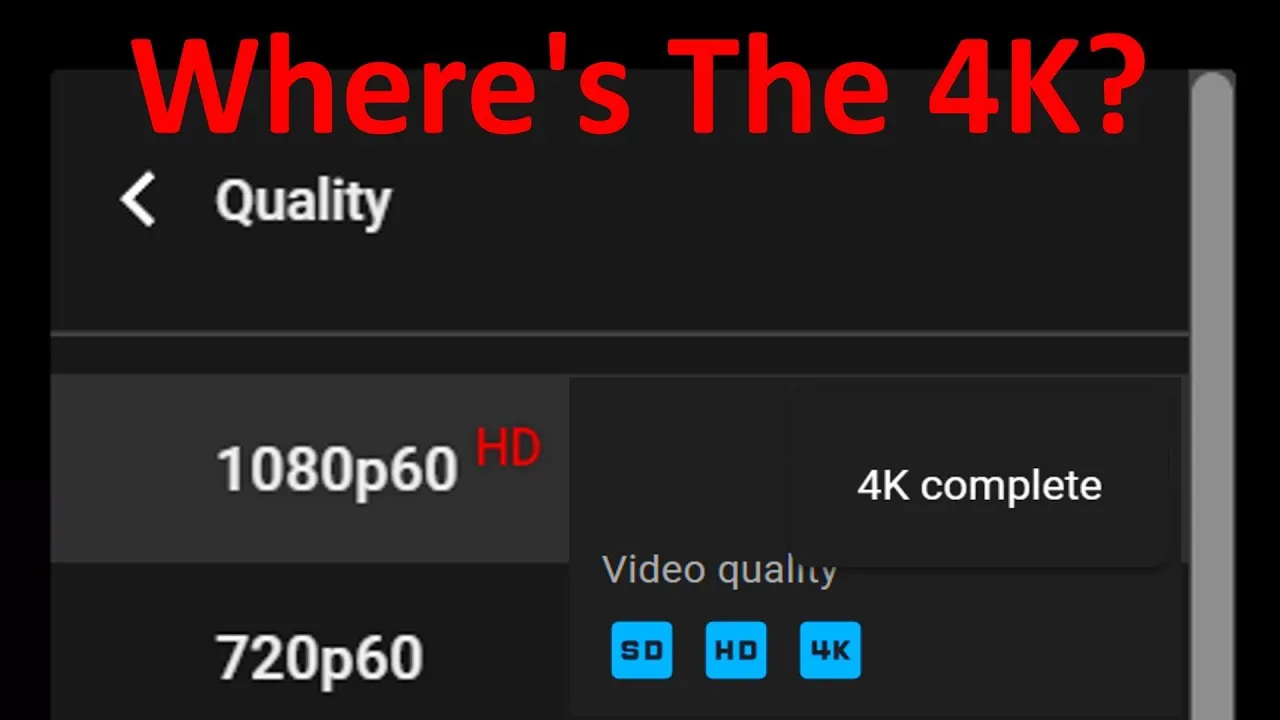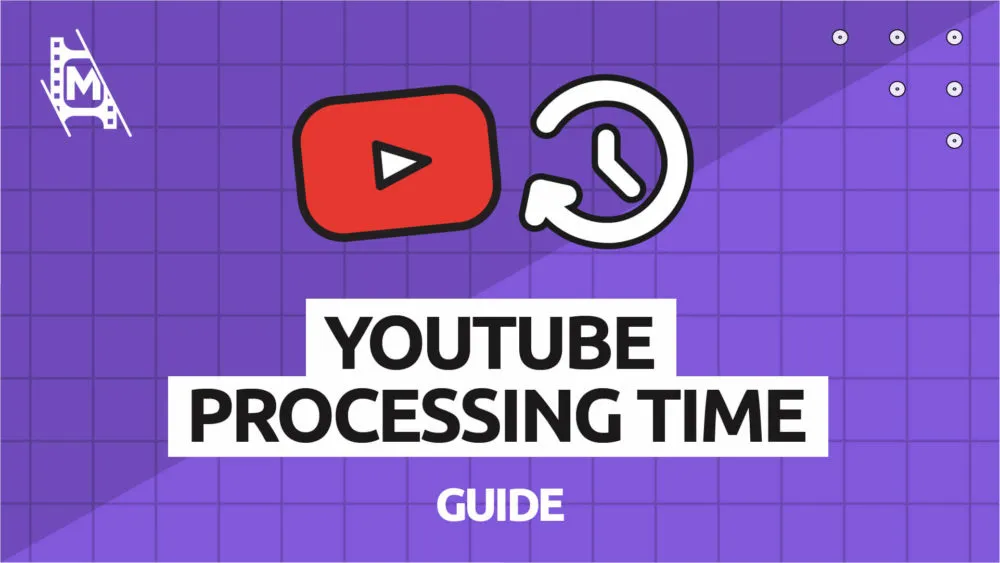When you upload a video to YouTube, the platform doesn’t just publish it as is. Instead, it goes through a series of processing stages to ensure that it meets the quality standards expected by viewers. One crucial part of this process is HD (High Definition) processing. Understanding how this works can be a game-changer for creators who want to optimize their upload strategy. In this section, we’ll break down what HD processing is and why it’s essential for your content.
HD processing refers to the conversion of uploaded videos into high-definition formats, allowing viewers to enjoy crisp visuals and clear audio. This process is vital because it ensures your content looks its best on a variety of devices, from smartphones to large-screen TVs. YouTube offers several resolutions, including 720p, 1080p, and even 4K, which all require different processing times and resources. Knowing how this works can help you manage your expectations and plan your uploads more efficiently.
Factors Affecting HD Processing Time

Several factors can influence how long it takes for your video to be processed in HD. Understanding these can help you anticipate delays and improve your content strategy. Here’s a detailed look at the key elements at play:
- Video Resolution: Higher resolutions like 4K take significantly longer to process than standard HD. If you’re uploading in 1080p, expect a quicker turnaround compared to 4K.
- File Size: Larger files take more time to upload and process. Consider compressing your video without sacrificing quality to speed up the process.
- Current Server Load: YouTube's servers can get busy, especially during peak hours. If many creators are uploading at the same time, your processing might take longer.
- Internet Connection: Your upload speed plays a crucial role. A faster connection will reduce the time it takes to upload, which in turn can speed up the processing.
- Video Length: Longer videos also require more time to process. If your video is lengthy, be prepared for a longer wait time.
In summary, while you can’t control all these factors, being aware of them can help you plan your uploads better and set realistic expectations for your audience.
Also Read This: Exploring the Titans Involved in the Rumbling in Attack on Titan
3. Typical Timeframes for HD Processing

When it comes to uploading videos on YouTube, one of the most common questions creators have is, "How long will it take for my video to be processed in HD?" Well, the answer isn't set in stone. The duration of HD processing can vary based on several factors, including video length, resolution, and YouTube's current server load.
Here’s a quick breakdown of typical processing times:
- Short Videos (under 5 minutes): Usually, these videos can process in HD within 5 to 15 minutes, assuming a smooth upload and minimal server congestion.
- Medium-Length Videos (5-20 minutes): Expect around 15 to 30 minutes for HD processing to complete. Again, this can fluctuate based on the aforementioned factors.
- Long Videos (over 20 minutes): These can take 30 minutes to an hour or more to process fully, especially if they are in higher resolutions like 4K.
It's important to note that YouTube prioritizes the processing of lower resolution versions first. So, your video might be available in lower resolutions almost immediately after uploading, while HD processing could take a bit longer.
In summary, while typical timeframes can give you a rough idea, it's always wise to be patient and allow time for processing to ensure your content shines in the best quality possible.
Also Read This: Understanding How a Car Engine Works Through Educational Videos on Dailymotion
4. Tips for Creators to Manage Processing Times

Waiting for your video to process can feel like an eternity, but there are ways you can manage and potentially speed up the process. Here are some handy tips:
- Upload During Off-Peak Hours: Try uploading during times when fewer creators are online. Early mornings or late nights on weekdays might be ideal.
- Optimize Your Video Settings: Use a format and resolution that balances quality and processing speed. For instance, 1080p is generally quicker to process than 4K.
- Check Your Internet Speed: A stable and fast internet connection can help you upload your video quicker. Run a speed test before uploading to ensure your connection is solid.
- Be Mindful of Video Length: If possible, keep your videos concise. Shorter videos will typically process faster.
- Use YouTube Studio: Monitor the processing status within YouTube Studio. It provides real-time updates on your video’s progress.
By implementing these tips, you can better manage your uploading experience and minimize those frustrating waiting periods. Remember, patience is key, but being proactive can certainly help!
Understanding the Duration of HD Processing on YouTube for Creators
YouTube is a powerful platform for creators, enabling them to share content with a global audience. However, one aspect that often puzzles new creators is the duration of HD processing for their videos. Understanding this process is crucial for effective content management and audience engagement.
When a video is uploaded to YouTube, it undergoes several stages of processing before it becomes available for viewing. The duration of this processing can vary based on several factors:
- Video Resolution: Higher resolutions (e.g., 4K) require more processing power and time compared to standard HD (1080p).
- Video Length: Longer videos take more time to process than shorter ones.
- Current Server Load: At peak times, when many users are uploading videos, processing times can increase significantly.
- File Format: Certain file formats are processed more quickly than others.
Once a video is uploaded, it typically goes through the following stages:
| Stage | Description |
|---|---|
| Initial Processing | Quick processing for standard definition (SD) versions. |
| HD Processing | Higher quality versions, which take longer to process. |
| 4K Processing | Requires the longest processing time due to high resolution. |
Creators should be patient during this stage, as the processing time can range from a few minutes to several hours, depending on the factors mentioned above. To minimize delays, it’s advisable to upload videos during off-peak hours and ensure that the video files are optimized for YouTube.
In conclusion, understanding the duration of HD processing on YouTube is vital for creators aiming to streamline their content release strategy. By considering factors such as video resolution, length, and server load, creators can better plan their uploads and enhance their engagement with viewers.